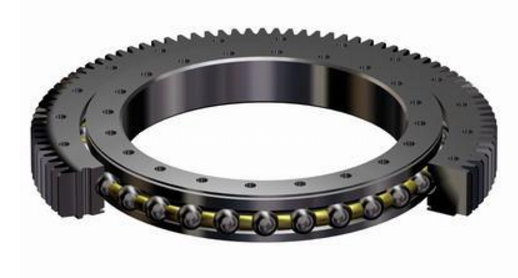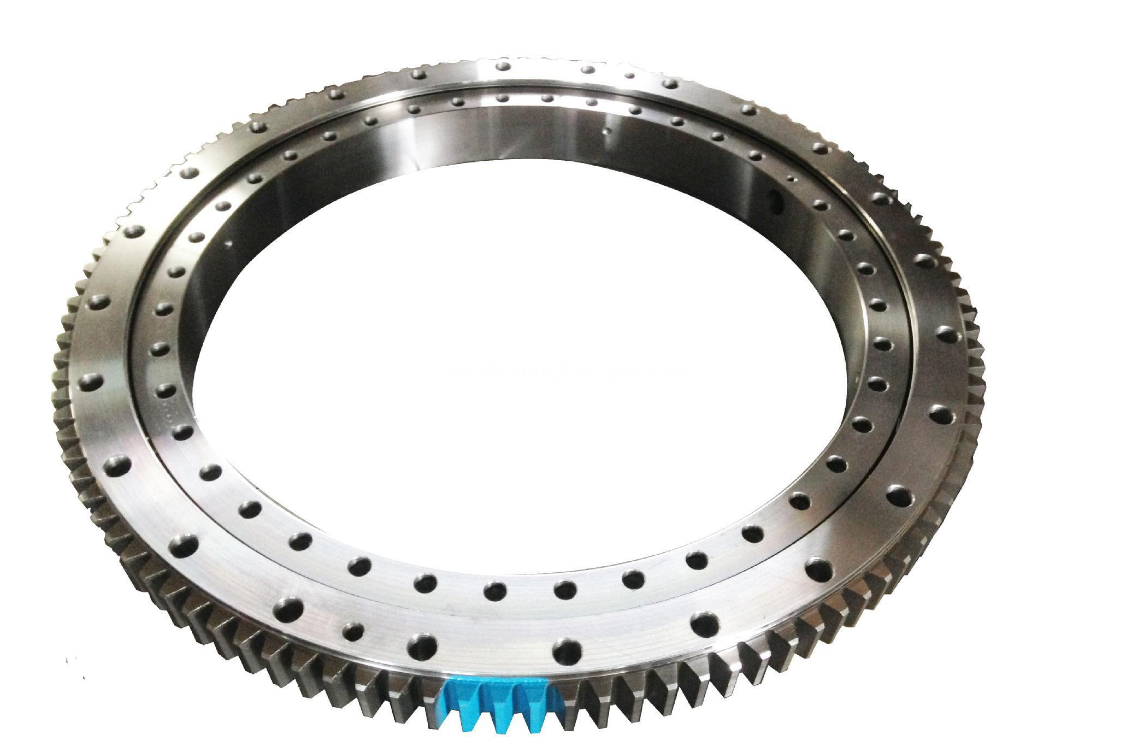The cascaded expansion mode is the most conventional and direct way of expansion. Some older networks use hubs (HUBs) as cascaded devices. Because hubs are already quite expensive at the time, most enterprises cannot choose switches as tie-up devices. That is because most of the workgroup user access requirements are generally connected to the hub from a port level on the hub. In this way, the access capability has been greatly improved, but due to some interference and human factors, the overall performance is very low, only to meet the needs of multi-port, simply do not consider the forwarding and switching capabilities. The current cascaded extension mode comprehensively considers the forwarding performance and port attributes of different switches, and can easily achieve multi-user access through a certain topology structure design.
The cascaded mode is the most ideal way to build a large-scale LAN. It can comprehensively use various topology design technologies and redundancy technologies to implement a hierarchical network structure, such as designing redundancy through a dual-homing topology, and implementing redundancy through Link Aggregation technology. With the bandwidth expansion of Up LINK, these technologies are now very mature and widely used in various LANs and MANs.
The cascaded mode uses common Ethernet ports for inter-layer interconnections such as 100M FE ports, GE ports, and emerging 10GE ports.
The cascaded mode is the mainstream technology in Ethernet expansion port applications. It uses a unified network management platform to achieve unified management of the entire network equipment, such as topology management and fault management. The cascaded mode also faces challenges. When the number of cascaded layers is large and there is a large convergence ratio between layers, the edge nodes will experience some delays due to more exchanges and buffers. . The solution is to converge the uplink ports to reduce the convergence ratio, improve the performance of the upper-end device, or reduce the level of cascading. In the cascade mode, in order to ensure the efficiency of the network, it is generally recommended not to exceed four levels. If the network edge node has a port that is extended through a broadcast Ethernet device such as HUB, since it is a direct-through operation mode, there is no exchange and it is not included in the hierarchy. However, it should be noted that the CSMA/CD mechanism of the HUB works because The network performance impact caused by the loopback caused by the conflict will be far greater than the impact of the switch-level connection.
The cascaded mode is an inevitable choice for the formation of a structured network. The use of universal cables (optical fiber) is used in series, and each component can be placed in any position, which is very conducive to integrated wiring.
Stacking technology expansion
Stacking technology is another type of technology that is currently used in Ethernet switches and is a non-standardized technology. Mixing and stacking are not supported between vendors. The stacking mode is defined by each vendor and does not support the topology. Currently there are two main stacking modes: daisy chain mode and star mode. The biggest advantage of stacking technology is that it provides simplified local management and manages a group of switches as one object.
Daisy chained stacking
Daisy-chained stacking is a stacking technology based on cascaded architecture. There is no special requirement on the hardware of the switch. Through the relatively high-speed port serial connection and software support, a multi-switch stacking structure is finally implemented through loops. Redundancy can be achieved to some extent. However, in terms of exchange efficiency, the same-level model is at the same level. Daisy-chain stacking usually uses a high-speed port and two high-speed ports. The structure of the two is shown in Figure 2. When using a high-speed port (GE) mode, sending and receiving are performed on the same port, upstream and downstream, respectively, and a ring structure is finally formed. Data exchange between any two member switches needs to be circulated once through the switch ports of all the switches. The efficiency is low, especially when the number of stack layers is large, the stack ports become a serious system bottleneck. Using two high-speed ports for daisy-chaining, you can choose to implement ring redundancy because you use more high-speed ports. Compared with cascaded mode, daisy-chained stacking mode does not have topology management. Generally, it cannot be deployed in a distributed manner. It is applicable to single-node organizations with high-density port requirements and can be used at the edge of the network.
Slewing Bearing is a new type of mechanical parts in recent forty years rise in the world, it has inner and outer ring, a rolling body, etc. at present, our country type slewing bearing production, mainly from the beginning of 80s designated the Ministry of machinery industry Tianjin Mechanical Engineering Research Institute introducing design and manufacturing technology in the former Federal Republic of Germany Rothe Erde company.

Rotary bearing is a large bearing capable of bearing comprehensive load, which can bear large axial, radial load and overturning moment at the same time. Slewing bearing is usually equipped with mounting holes, internal gears or external gears, lubricating oil holes and sealing devices, so that the main engine can be compact in structure, easy to guide and easy to maintain. Slewing bearing without gear teeth type, four point contact ball bearing, external gear and internal gear type Double Row Angular Contact Ball Bearing cross Cylindrical Roller Bearing, crossed Tapered Roller Bearing and three row cylindrical Roller Bearing composite four series, including four point contact ball bearing with high static load capacity of cylindrical cross the roller has a high load capacity, crossed Tapered Roller bearing preloaded can make bearings with greater support stiffness and rotation accuracy, three row cylindrical roller combined bearings due to highly improve the bearing capacity of the various forces, respectively by different rolling bearing, so the same under the condition of stress, the bearing diameter greatly so it is reduced, so that the host features more compact is a slewing bearing with high bearing capacity. Slewing bearing is widely used in hoisting machinery, mining machinery, construction machinery, port machinery, marine machinery and high precision rotary equipment for radar, mechanical and missile launchers. At the same time, it can also design, develop and produce a variety of special structure rotary bearing bearing according to the specific requirements of the user.

Slewing Ring Bearing
Slewing Ring Bearing,Custom Slewing Ring Bearing,Designed Slewing Ring Bearings,Slewing Ring Bearing For Wind Turbine
LUOYANG AUTO BEARING CO.,LTD , https://www.lyautobearing.com

